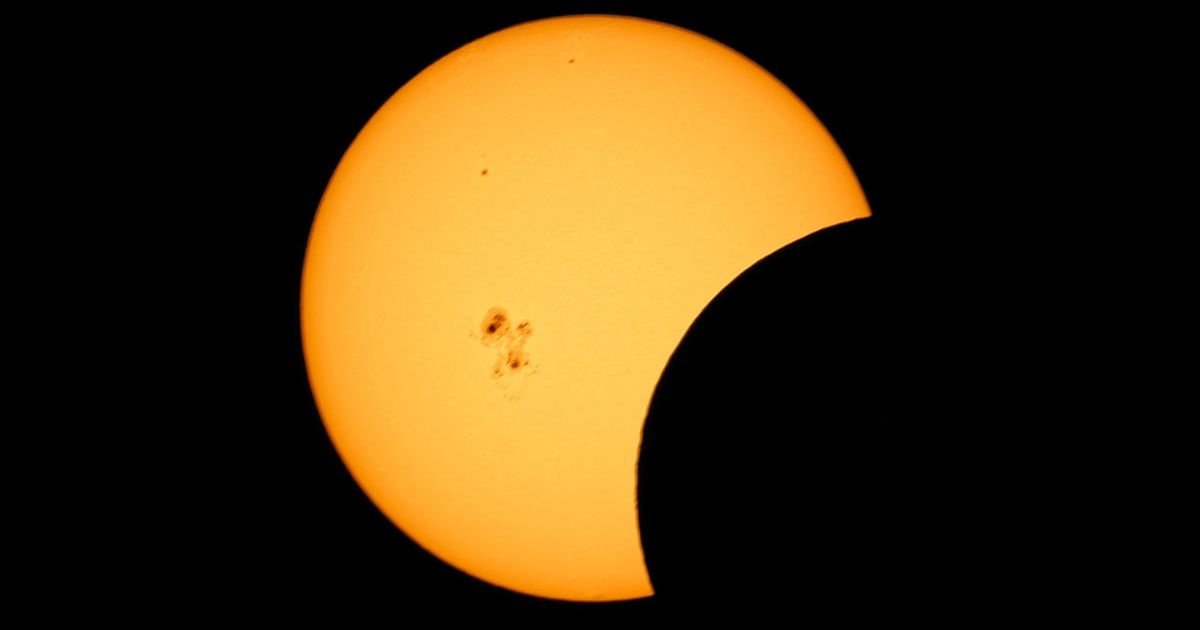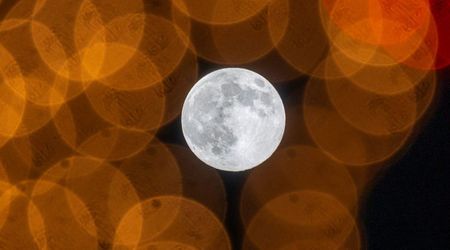'Equinox' solar eclipse 2025: Parts of the world that had the best view

A handful of lucky people in the Northern Hemisphere woke up to the sky displaying a partial solar eclipse on September 21, 2025. The beautiful crescent sun is dubbed as the “Equinox eclipse” as it collides with September’s equinox. As per Live Science, this is when the Sun is directly above Earth's equator, changing seasons in the Southern and Northern hemispheres. This is also when day and night are almost equal in length across Earth. The equinox took place at 2:19 p.m. EDT (18:19 UTC), and the eclipse from 1:29 p.m. to 5:53 p.m. EDT (17:29 to 21:53 UTC).
View this post on Instagram
This timeline allowed the sight to be witnessed at sunrise on Monday, September 22, 2025, by the locals and astrographers of Antarctica, New Zealand, and the South Pacific. Taichi Nakamura is one of the many astrophotographers who captured the partial eclipse. The sun was low over New Zealand's eastern horizon, making Dunedin an ideal location to track the eclipse. The sun had 86% of its surface obscured in parts of Antarctica's Ross Sea and southern New Zealand. The sun rose at 6:27 a.m. NZST (New Zealand Standard Time) with a maximum of around 72% obscuration in 40 minutes. The sun rose partially eclipsed at 6:10 a.m. NZST in Auckland, with a maximum eclipse of around 61%.
Maximum eclipse here in the middle of the South island of New Zealand #eclipse pic.twitter.com/a8RLwM4KoB
— Paul Stewart (@astrostew) September 21, 2025
Witnesses in Fiji and Tonga of the South Pacific had a much smaller partial eclipse at sunrise. A 3% partial eclipse was expected a little after sunrise at 6:00 a.m. AEST (Australian Eastern Standard Time). The team at Dunedin Astronomical Society collaborated with Timeanddate.com to present a livestream of the eclipse. The first view was captured in the livestream by the members of the Dunedin Astronomical Society as it settled over New Zealand's eastern horizon. During the waning partial phase, when the moon slipped sides, an inverted solar portrait was captured during the eclipse maximum.
Todays partial solar eclipse.
— Paul Stewart (@astrostew) September 21, 2025
Luckily the clouds stayed away until after maximum eclipse.
From South Canterbury, New Zealand
Lunt LS80tha and Grasshopper 3 camera#Eclipse pic.twitter.com/4FXNdXfTVK
Within the next hour, the people saw the lunar silhouette distance from the Sun, returning the solar disk to its glory. The region of New Zealand that witnessed the sight was not privy to usual eclipses, but this will be a rehearsal for the total solar eclipse across Australia and New Zealand on July 22, 2028. This region will be the city that is on the center line of the path of totality for these events. The equinox eclipse was a beautiful sight for the people across these locations, as the early morning horizon held the sight of the moon drifting across the solar disk, hiding it.
View this post on Instagram
People of Earth can be prepared, as this will not be the last of the eclipses, as per Space.com. The next such event in the sky will be an annular solar eclipse on February 17, 2026. This solar event will be seen from southern Africa, South Africa and Antarctica. This is expected to create a "ring of fire" for up to 2 minutes and 20 seconds as 92% of the sun will be blocked by the moon. According to Live Science, however, this ring of fire will only be seen from a secluded part of Antarctica, not to be seen by Earth’s populace.
Solar eclipses, no matter how often they occur, are always a matter of excitement for people on Earth. Likely from the unprecedented beauty it brings to our skies, or even the variety that can be presented in an event that occurs every year. People gearing up for the upcoming eclipses can be prepared with the proper tools and equipment in advance. As the nature of the eclipse is dictated by the weather and the locations, one’s preparations should also reflect their local time and climate. With an array of sights being prepared by the skies, this might our opportunity to get it right.
More on Starlust
When is the next total solar eclipse and where can you watch it?









